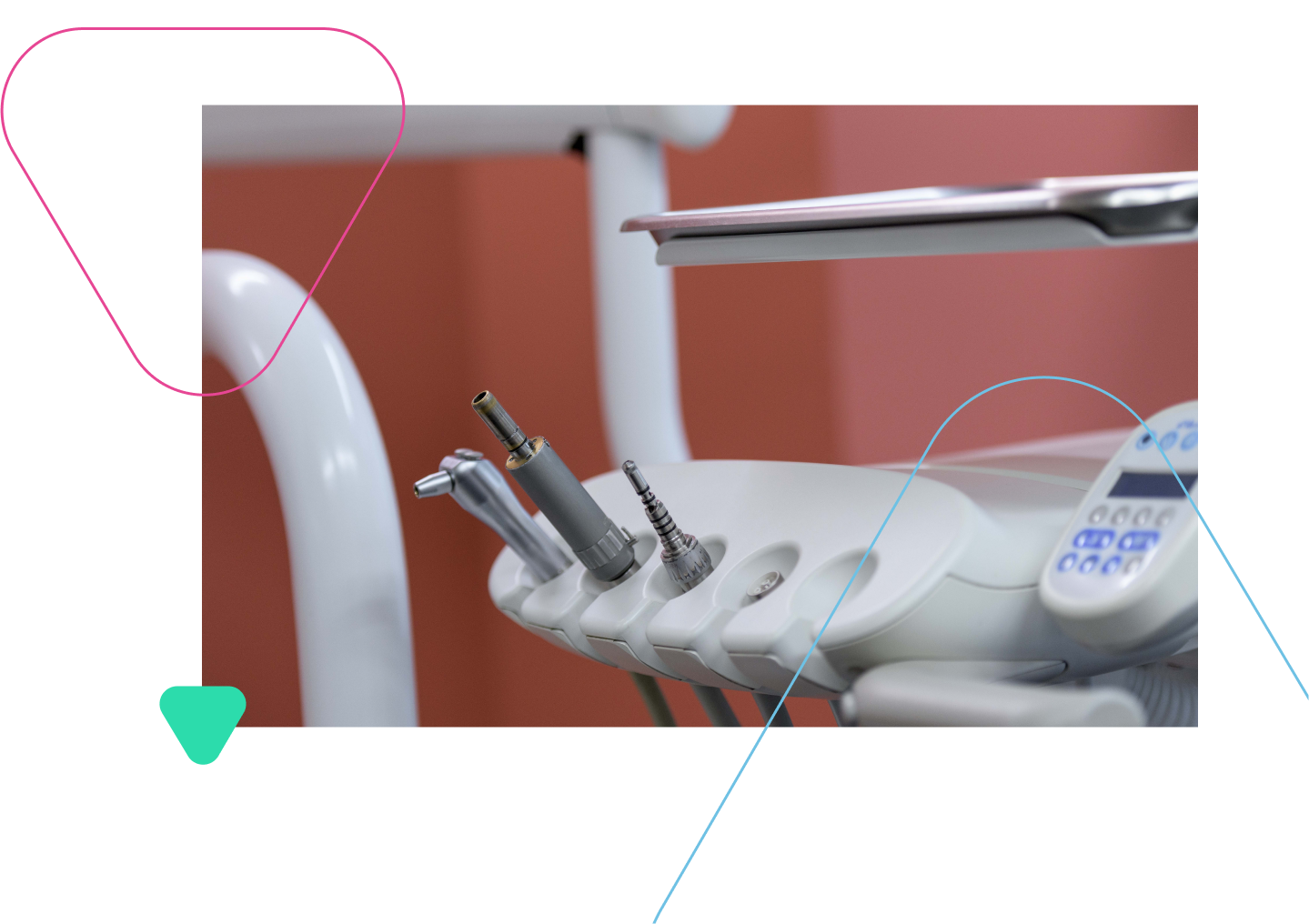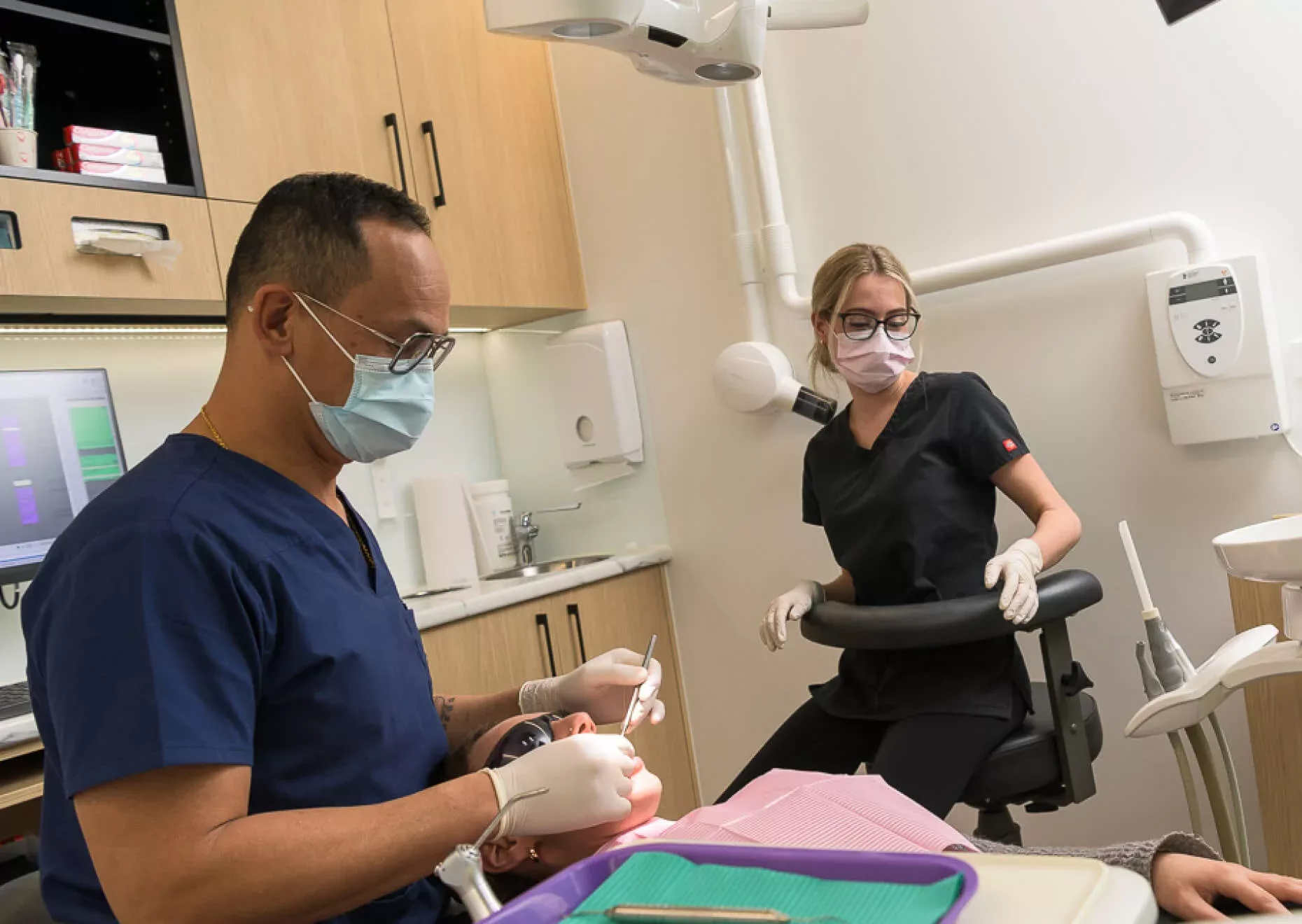5 Things You Should Know Before Getting A Dental Bridge
The more you know about getting a dental bridge, the more you can make an informed decision about whether it's the right solution for you. ...
Do you have missing teeth? At Gentle Dental, we can bridge the gap in your smile with a dental bridge. A dental bridge can enhance your smile and help you gain back your confidence after tooth loss.

Dental bridges are used to replace a single tooth or multiple missing teeth.
Dental bridges are supported by your natural teeth on either side of your tooth gap. If your neighbouring teeth are healthy, your dentist will fit these teeth with a dental crown. This crown is fused to a prosthetic tooth or teeth to ‘bridge’ the gap. Bridges are permanent solutions to dental problems, such as missing teeth, weakened tooth structure or large fillings. They improve the look of your smile and can make speaking, eating and chewing easier.

A traditional bridge consists of an artificial tooth to bridge the gap and two dental crowns on both sides.
To create a traditional dental bridge, your dentist will reshape the neighbouring teeth so that a dental crown can be placed over the top. These crowns are then bonded to a fake tooth that will fill the gap in your smile. Cantilever bridges use a single natural tooth as an anchor. These are typically used when there is no tooth on one side of the dental bridge or when there aren’t two healthy teeth to support a traditional dental bridge.

If your neighbouring teeth are weak or damaged and can’t be used as abutment teeth, you may need a dental implant to provide support. Dental implants are surgically placed in the jawbone and fitted with a crown on top. After the placement of the implant, it can take several months before the bone and gums are fully healed. Once healed, the bridge can be screwed or cemented into place.
At your consultation, your dentist will examine your mouth and talk through what type of bridge is best for you. They will make sure your neighbouring teeth are healthy, free of decay and strong enough to support a dental bridge.
Traditional dental bridges are completed in two visits. At your first appointment, your dentist will prepare and install your crowns and a temporary bridge while the permanent bridge is made. During the second appointment your dentist will attach the permanent bridge to your crowns.


01
30-minute consultation to confirm if a bridge is right for you
02
Bridges are fitted over two appointments, several weeks apart
03
Guidance on how to care for your tooth following treatment
04
Natural-looking tooth that restores function to your mouth
05
Improved appearance and confidence post-treatment
Dental bridges are a permanent solution for tooth loss. Dental bridges look just like real teeth and are a great way to gain confidence if you feel self-conscious about your tooth gap. Filling the gap between your teeth also helps your neighbouring teeth to stay in place. At our Wellington, Lower Hutt and Upper Hutt clinics, we can create your dental crowns using CEREC one-visit technology.
Dental bridges are sometimes called oral bridges. There are alternatives to getting a dental bridge - a dental implant can be used to fill the gap in your mouth. Partial dentures are another option. The downside to having dentures is that they need to be removed to be cleaned. As dental bridges are fixed into your mouth, they are a permanent solution for a missing tooth.
You can look after your dental bridge by taking care of your overall mouth health. Make sure you brush twice a day and floss underneath the pontic (fake tooth). Taking good care of your natural teeth is crucial for the success of your bridge long-term. Check out more oral health tips here.